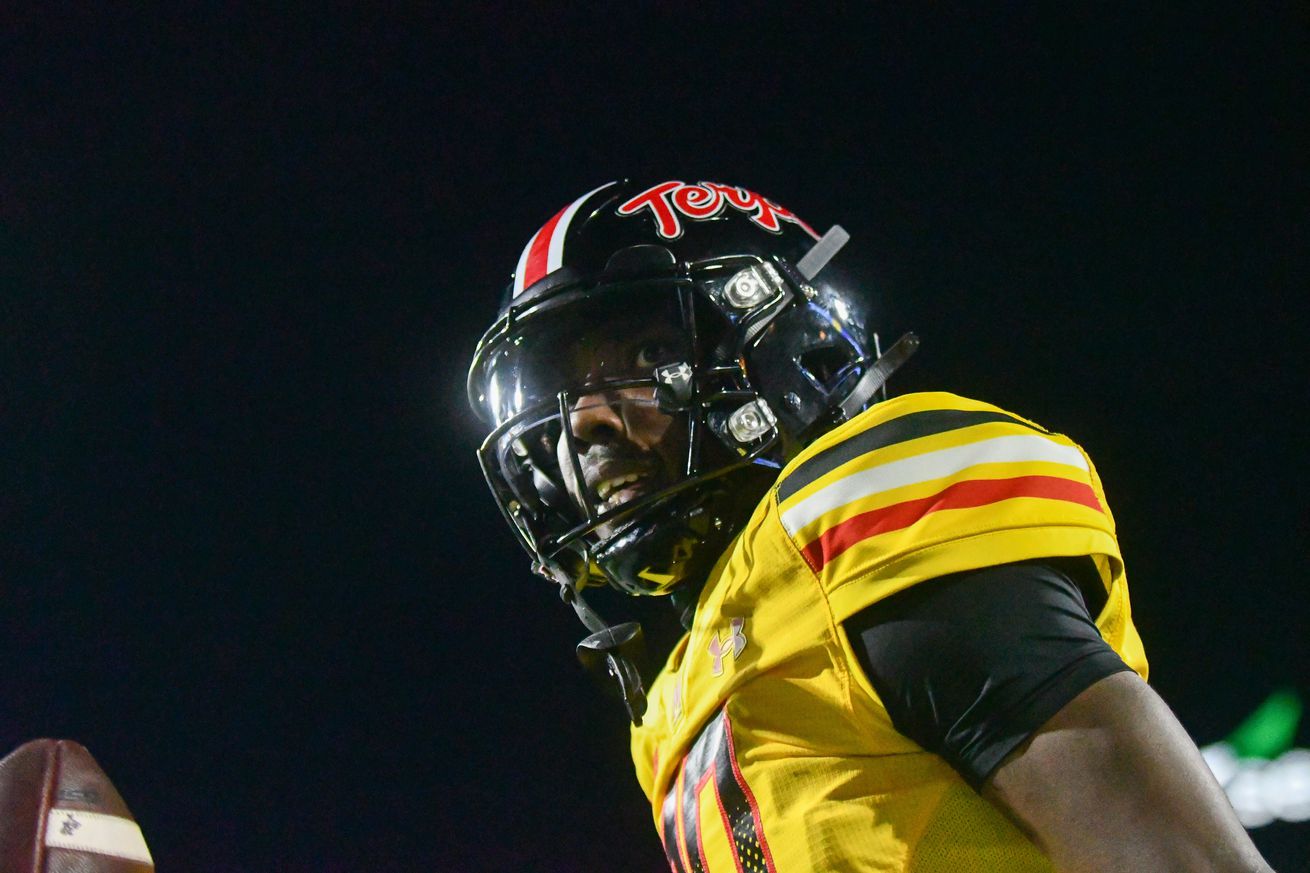
The Terps lost to Rutgers for the first time in three years.
Maryland football’s season has been defined by terrible losses, and Saturday marked another one.
The Terps welcomed Rutgers to College Park but fell flat on their face, losing 31-17.
Here are three takeaways from the game.
Another week, another disappointing loss
Maryland has slid from its usual post in the middle of the Big Ten standings this year. But this has not been a byproduct of a tough schedule or change of routine with the conference’s newcomers. The Terps are simply losing games they should win.
Maryland finished fourth in the Big Ten East standings in each of the last two seasons; the Terps sit second-to-last in the entire conference this year. They were dismantled by Indiana, Michigan State and now Rutgers this season, all of whom they blew out last year. While Indiana has climbed the national rankings this year, Michigan State and Rutgers have remained the same — Maryland has just been worse.
The Terps were also destroyed by Minnesota and No. 1 Oregon, as they have consistently looked out of place against nearly every conference opponent in 2024.
Whether this is an amalgamation of a lack of talent, poor coaching or a mix of both is up for debate, but there is no denying how disappointing and bad the Terps have been this season.
A different story from previous years
Maryland entered Saturday with history on its side.
The Terps are 7-3 against Rutgers since they both joined the Big Ten in 2014. They have also dominated recent matchups, winning in each of the last three seasons by an average of 26.3 points, including a 42-24 win last year.
“They’re a veteran group,” head coach Michael Locksley said when asked about what is different this year. “Our guys didn’t make enough plays. Those guys executed their gameplan to a tee.”
Saturday’s game was a much different matchup between the two teams. Rutgers led at halftime for the first time in three years and outclassed the Terps in nearly every aspect of the game. The Scarlet Knights outrushed (132 yards to 122), outscored and won the turnover battle (1-0) against Maryland. Rutgers also totaled more passing yards through the first three quarters than Maryland, as Billy Edwards Jr. racked in 181 yards in the fourth quarter and garbage time.
Maryland’s only saving grace was Roman Hemby, who produced one of his best games of the season. He posted 87 yards rushing, 59 yards receiving and a touchdown. He outplayed Rutgers’ star running back Kyle Monangai, but it did not change the outcome.
The Terps’ bowl-game path is closing
Maryland’s streak of three consecutive bowl game appearances is nearly over following Saturday’s loss. With six wins being the magic number for bowl game eligibility, the Terps need to win their final two games to qualify. But the rest of their schedule is no gift.
Next week, Maryland welcomes Iowa to College Park. While the Hawkeyes’ record is not as impressive without the luxury of the Big Ten West, they are still 6-4 and coming off a bye week. Well rested and adequately prepared, Iowa should be favored despite going on the road.
And in the Terps final game stands a near impossible task: No. 4 Penn State. The Nittany Lions have only lost one game this season — to No. 2 Ohio State — and have one of the most talented rosters in the country, led by former five-star quarterback Drew Allar.
The game will be played in Happy Valley — one of the toughest road environments in college football — and Penn State has the Terps number. Since joining the Big Ten, Maryland is 2-8 against Penn State, with the three most recent games ending in a 51-15 loss, a 30-0 loss and a 31-14 loss.
While not impossible, the Terps’ chances at bowl game eligibility are slight, with a 4-8 finish seeming the most likely at this point.
“We got to find a way to turn the page on this one pretty quickly,” Locksley said. “We’ve got Iowa coming in here, again, to keep our season alive … we didn’t get it done today and we’re running out of chances and opportunities.”